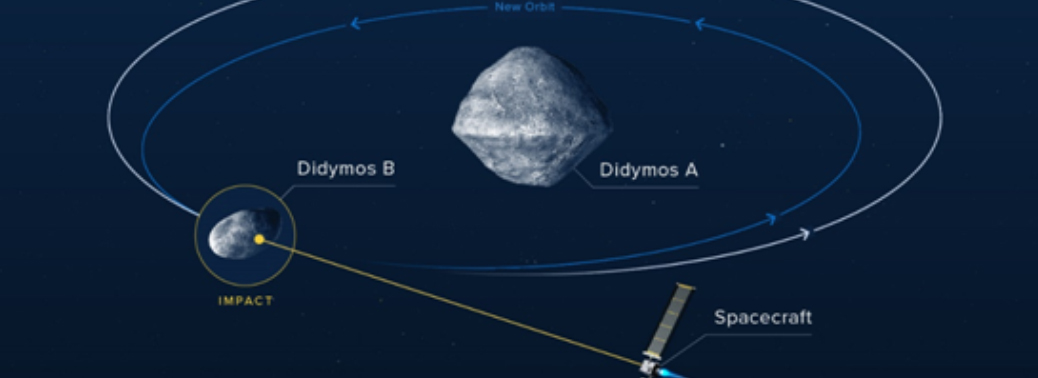ASTEROID IMPACT DEFLECTION ASSESSMENT (AIDA)
04, Sep 2019

Prelims level : Science & Technology- Space Technology
Mains level : GS-III- Awareness in the fields of IT, Space, Computers, Robotics, Nano-Technology, Bio-Technology and Issues Relating to Intellectual Property Rights
Why in News?
- During September 11-13, asteroid researchers and spacecraft engineers from around the world will gather in Rome to discuss the progress of the mission called Asteroid Impact Deflection Assessment (AIDA), an ambitious double-spacecraft mission to deflect an asteroid in space.
Background:
- Among all the causes that will eventually cause the extinction of life on Earth, an asteroid hit is widely acknowledged as one of the likeliest. Over the years, scientists have suggested different ways to ward off such a hit, such as blowing up the asteroid before it reaches Earth, or deflecting it off its Earth-bound course by hitting it with a spacecraft. Now, scientists have embarked on a plan to test their expertise with the second of these two methods.
The Mission:
- AIDA is a dual-mission concept, involving two independent spacecraft NASA’s Double Asteroid Redirection Test (DART), and European Space Agency’s Asteroid Impact Mission (AIM).
- It will be the first demonstration of the kinetic impact technique to change the motion of an asteroid in space.
- Kinetic Impact technique is one of the technologies for preventing the Earth from a hazardous asteroid.
- AIDA’s primary objective is to demonstrate, and to measure the effects of, a kinetic impact on a small asteroid.
- It targets binary near-Earth asteroid Didymos, which pose a hazard to earth.
- DART spacecraft will cause deliberately crashing itself into the asteroid at a speed of approximately 6 km/s.
- The collision will change the speed of the asteroid in its orbit around the main body by a fraction of one percent, enough to be measured using telescopes on Earth.
Components of The Mission:
- NASA is building the Double Asteroid Impact Test (DART) spacecraft for launch in summer 2021. It is planned to collide with the target at 6.6 km/s in September 2022.
- Flying along with DART will be an Italian-made miniature CubeSat, called LICIA Cube, to record the moment of impact.
- ESA’s contribution is a mission called Hera, which will perform a close-up survey of the post-impact asteroid, acquiring measurements such as the asteroid’s mass and detailed crater shape.
- Hera will also deploy a pair of CubeSats for close-up asteroid surveys and the very first radar probe of an asteroid. All this would allow researchers to model the efficiency of the collision.
- This can help turn this experiment into a technique that could be repeated, as needed, in the event of a real threat.






